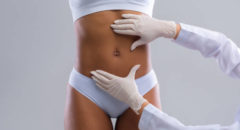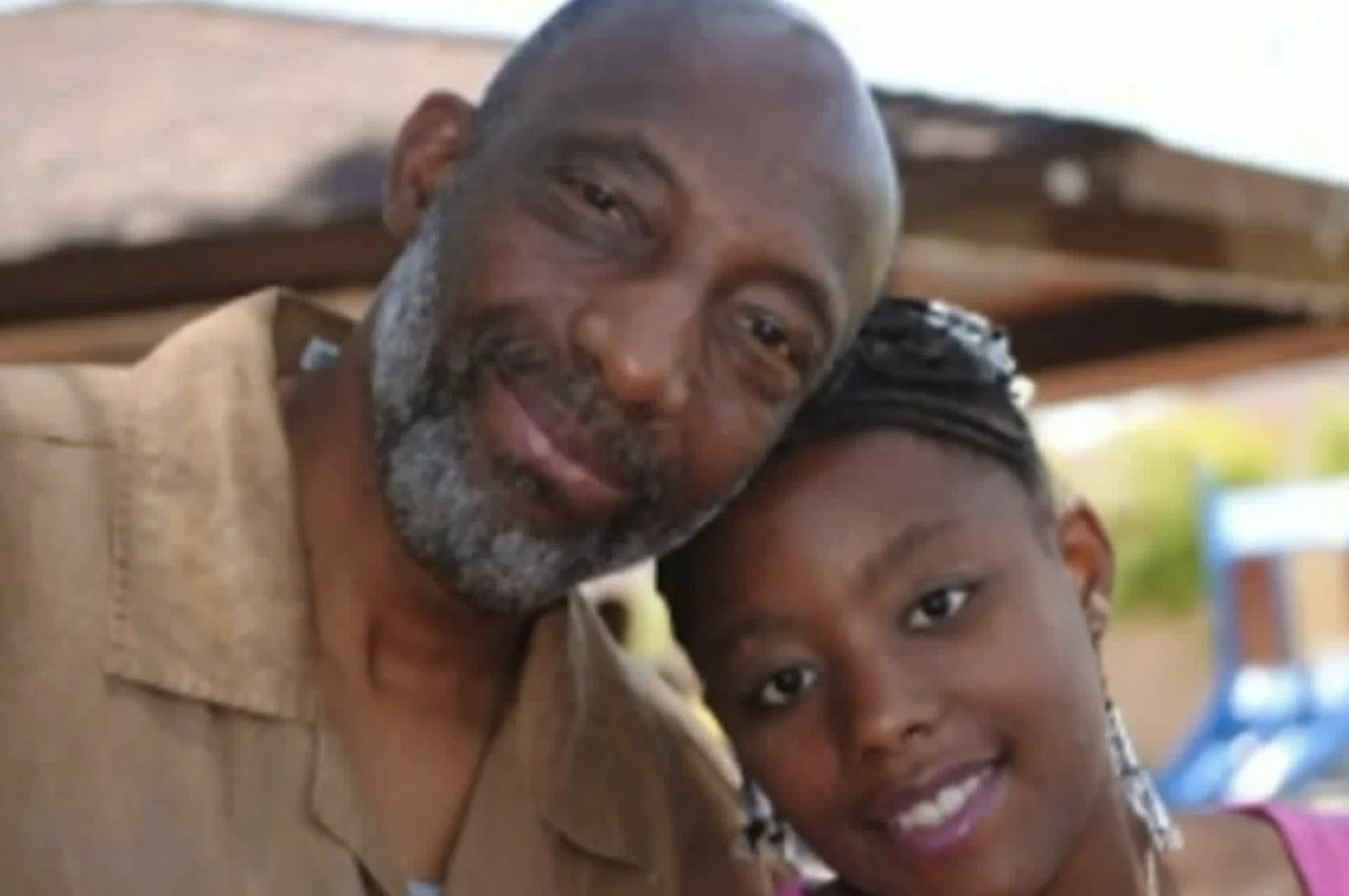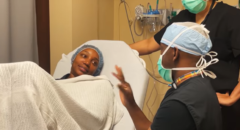An increasing number of plastic surgeons and patients are turning to fat grafting as a way to treat facial aging or enhance the breasts or buttocks. More than 84,000 such procedures were performed in 2015, according to the American Society for Aesthetic Plastic Surgery.
The appeal is understandable. A procedure that can take unwanted fat from one area of the body and use it to create a curvier butt or a more youthful face sounds like the perfect way to kill two birds with one stone.
However, popularity does not always equal safety.
Rare but possible fat transfer risks and complications include an allergic reaction to the local anesthetic, permanent discoloration caused by a ruptured blood vessel at the treatment site, calcification, a distorted look if overcorrection is done, peri-operative bleeding, a blood clot at the treatment or donor site, a blood-borne infection (perhaps from another cosmetic or dental procedure), scar tissue, and a fat embolism caused by a fat injection mistakenly directed into a blood vessel.
According to one plastic surgery site, some fat transfer can result in excessive loss of blood, blood clots, deep vein thrombosis, infection, necrosis (death of fat tissue), and other serious risks.
While minor discomfort, numbness, swelling, and bruising are normal following fat transfer, sometimes patients will experience major pain and discomfort during their recovery. In such instances, they should speak with their surgeon right away.
Also, some fat reabsorption is bound to occur; roughly 65% to 85% of the injected fat will remain. Sometimes the results following fat reabsorbtion will be poor, necessitating secondary or corrective fat transfer.







